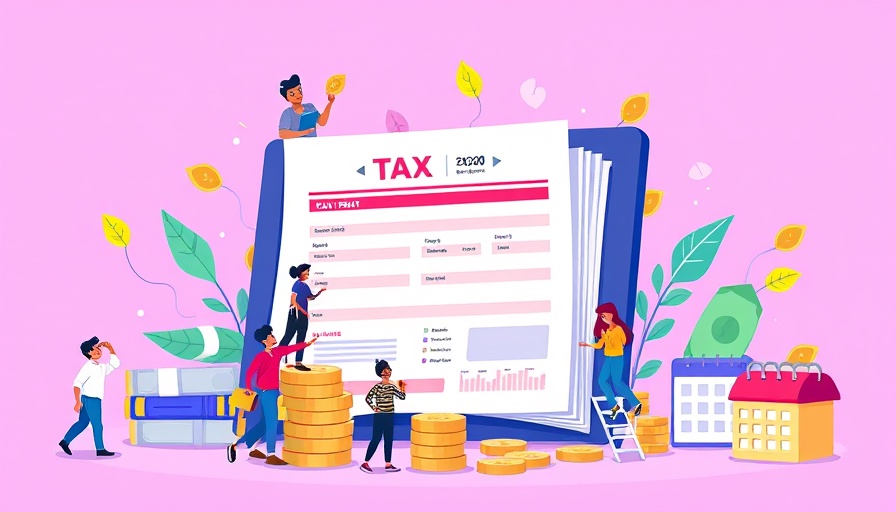
Decoding the Latest IRS Data Book: Insights for Business Stakeholders
The recently released IRS Data Book for 2024 offers crucial insights into the landscape of business taxes in the United States, revealing patterns that lend themselves to a deeper understanding of tax compliance, audit risks, and overall financial health among businesses. The figures suggest a significant role that corporate taxes play in total collections but also highlight some of the complexities of the tax system.
Key Findings from the IRS Data Book
Business income taxes comprised 11.1% of total tax collections, yet this figure excludes taxes levied on pass-through entities. In 2024, corporate income taxes alone surged past $565 billion, an increase from $456 billion in 2023. Interestingly, over 428,000 refunds were distributed to businesses, with the majority being C corporations, as S corporations and partnerships are treated differently under tax law.
The Rise in Business Returns: A Mixed Bag
The latest tax return figures reveal an uptick in S corporations filing, with 6,080,370 documents submitted in 2024 compared to 5,882,030 in 2023. In contrast, C corporation filings are down, suggesting a possible consolidation in that segment. With nearly 267 million tax returns logged overall, the data affirms just how diverse the business landscape has become—a factor that lenders should heed when assessing risk.
Understanding Audit Risks: Are Businesses In The Clear?
Audit rates for corporations indicate a low likelihood of examination, particularly for smaller entities. With only 0.66% of corporate returns being audited in 2024, this figure may provide some comfort to business owners grappling with compliance. However, it's important to note that larger corporations may still face a higher probability of scrutiny. The insights draw attention to how lenders assess risk exposure for businesses within varying revenue brackets.
IRS Outreach: A Step Toward Transparency
The IRS hosted nearly 500 taxpayer outreach events in 2024, aiming to enhance communication with small business owners. Such initiatives could prove advantageous for lenders and credit providers, creating opportunities to engage with potential clients who are seeking knowledge about their tax obligations. With over half a million subscribers to its e-newsletter, the IRS is evidently committed to keeping business owners informed, fostering a landscape of transparency.
Conclusion: Why This Matters for Business Decision Makers
For lenders, knowing the intricacies of tax compliance can illuminate broader trends in business performance and health. By staying updated on such data, business lenders, banks, and credit providers can make informed decisions that bolster support for their clients. A nuanced understanding of tax compliance and audit risks is key to fostering stronger relationships with the business community.
 Add Row
Add Row  Add
Add 




Write A Comment